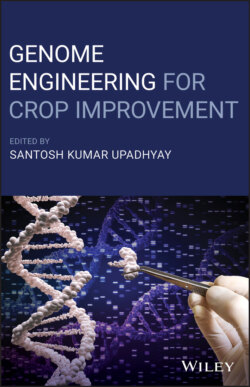Читать книгу Genome Engineering for Crop Improvement - Группа авторов - Страница 38
2.4 Prospect
ОглавлениеThe revolution in omics technology, particularly in metabolomics, has been closely linked to technological developments in mass spectrometry, currently the most efficient technology for characterizing molecular structures, and has led to significant progress in providing a comprehensive understanding of biological functions. Spatial information in mass spectrometric analysis can be preserved if the extraction process is avoided or limited to very small areas of the sample, which is then analyzed using new ionization techniques, such as MALDI and MeV or keV SIMS. In these techniques, the analytes are ionized and desorbed directly from the surface, thus avoiding traditional liquid extractions. They allow the sample to be scanned with the ion beam and the mass spectrum to be recorded at any point, resulting in the exact location in the sample where a particular compound was detected. By automating the process, images can be generated that show the spatial distributions of all compounds detected.
Development of accelerator‐based nuclear microprobes (micro‐PIXE), the third and fourth generation of synchro tron facilities with micro‐and nano‐focused beams (SR‐micro‐XRF), LA‐ICPMS and Nano SIMShaveadvanced2D imaging of the elemental distribution in plants down to the subcellular level. Each of these techniques has its advantages and limitations, but they all provide a means to complement biomolecular imaging with elemental distributions. Inevitably, suitable sample preparation is a crucial step in the application of the existing up‐to‐date imaging techniques.
Cereals and pseudo‐cereal plants that produce starchy grains are part of almost every meal we eat. Cereals are usually processed before consumption and certain nutritious compounds stored in the husk or embryonic tissue may be lost. Therefore, there is an urgent need to further explore these research tools that will provide better insights into the 2D and 3D spatial distribution of nutrients and minerals in cereals, and the mechanisms behind these distribution patterns.
